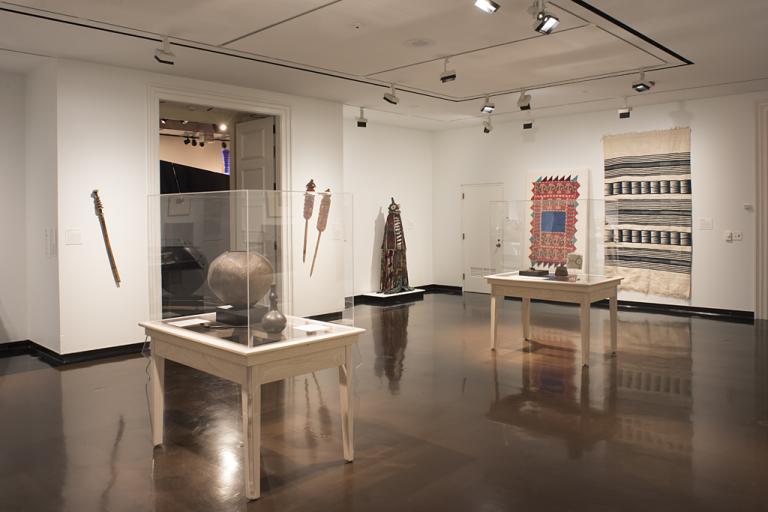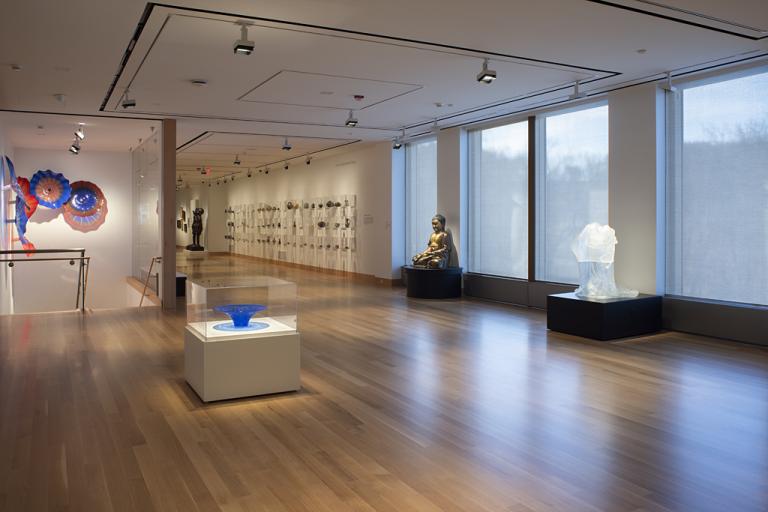weight, unrecorded Asante artist
Artwork Overview
unrecorded Asante artist, artist
weight,
late 1800s–early 1900s
Where object was made: Ghana
Material/technique: brass
Dimensions:
Object Length/Width (Length x Width): 2.8 x 1.8 cm
Object Length/Width (Length x Width): 0 11/16 x 1 1/8 in
Object Length/Width (Length x Width): 2.8 x 1.8 cm
Object Length/Width (Length x Width): 0 11/16 x 1 1/8 in
Credit line: Gift of Mr. and Mrs. H. Kenneth Palmer
Accession number: 2007.3391.32
On display: Stewart Gallery
If you wish to reproduce this image, please submit an image request





